He is a category 3 sergeant-manager of the recruiting group of the headquarters of the 95th Separate Air Assault Polissia…
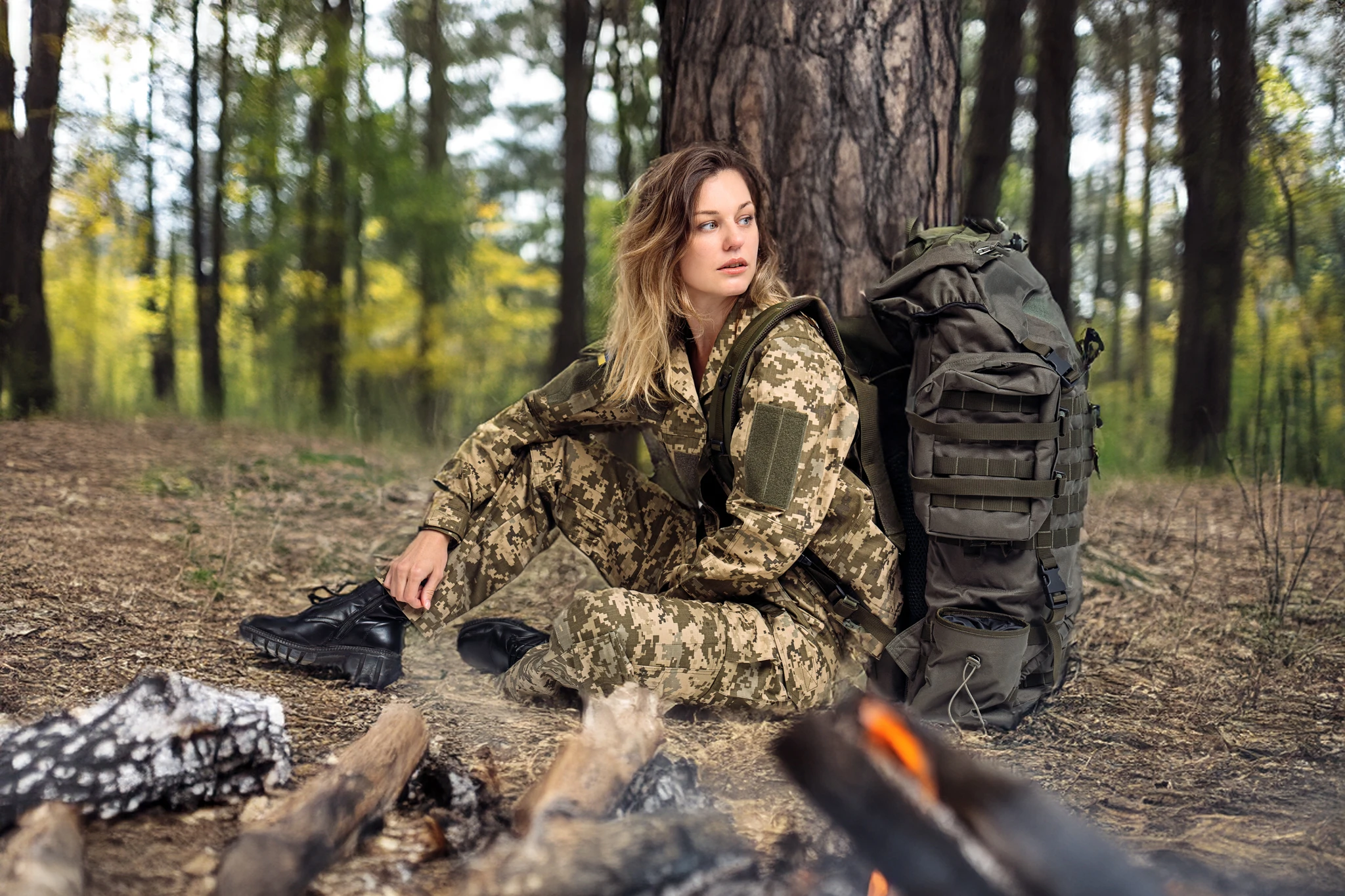
Inna Loik is not just a producer of military clothing. She is one of those who heard the voices of women at war and responded not with words, but with action.
Her company became a platform for rethinking what women’s military uniforms should look like and how they should function. Not as a compromise, but as a full-fledged combat tool.
This is a conversation about fabrics that withstand impact. About tailoring that considers anatomy instead of ignoring it. And about how business becomes part of a greater struggle — for dignity, comfort, and effectiveness on the frontline.

— How has the attitude toward women’s uniforms changed since 2022?
After the start of the full-scale invasion, attention to women’s needs in the army grew significantly. But progress has been slow.
In 2023, the Ministry of Defense of Ukraine presented the first prototypes of women’s uniforms (the summer field suit — SFS). However, aside from showcasing samples, the process was not launched. It was more of a signal that action was possible — from the bottom up, from businesses and manufacturers.
So our company itself approached the relevant Ministry of Defense structures with a proposal to create specialized clothing for women. We understood that otherwise, women would continue paying out of pocket to alter men’s uniforms, while the state should be providing this.
By May 2024, we already had a full prototype of a women’s summer field uniform.
— What specific problems do women face when wearing standard men’s uniforms?
Women and men have fundamentally different anatomy, and this must be considered.
Men, for example, have broader shoulders, a larger rib cage, and different waist-to-hip proportions. Women have a defined waist, wider hips, and different chest measurements.
Because of this, men’s trousers simply do not “sit” properly: they are too wide at the waist and too tight at the hips. Female service members are forced to take pants 2–3 sizes larger just to fit, but then everything slips down, seams rub, and this interferes with combat tasks.
The same applies to jackets. If a woman has a larger chest, the uniform does not fasten at the bottom or hangs loosely like a sack. Beyond discomfort, this hinders effective performance in combat conditions.
For units with many women, a separate uniform is not about aesthetics — it’s about safety.

— Were specific women’s needs at the front — such as hygiene, layering, and usability — taken into account?
Yes, this is one of the key points. It is important not simply to adapt a “female version” of the men’s SFS, but to take into account actual requests from women. Their feedback must be heard.
During development, we paid attention to every detail: how the uniform fits, how it behaves during prolonged wear, how it responds to temperature changes, how easy it is to wash, how it works with a bulletproof vest, whether it chafes the body.
— How is the uniform tested in real conditions?
We give our prototypes to women serving on combat positions. They wear the uniform, perform daily tasks in it, and then provide us with feedback. We collect, analyze, and make adjustments accordingly.

As for the Ministry of Defense procedures: after development, all samples go through a “trial wear” stage, during which the Central Directorate for Logistics Development (CDLD) collects all comments and suggestions. These are then sent to manufacturers for revisions.
After that, the “trial wear” stage repeats. This cycle can happen multiple times. Because of CDLD’s heavy workload, the process can take a long time. Unfortunately, bureaucracy and multiple layers of approval also cause delays.
I believe that in this respect, the Ministry of Defense should communicate more frequently with manufacturers — and sometimes even among its own departments. A clear feedback system is the only effective path to quality results.

— Who worked on designing the women’s uniform? And how did you balance aesthetics and functionality?
We have an in-house team of constructors, technologists, and designers. I am also a designer by education and have years of experience, so I approach the process systematically.
Aesthetics are not about “beauty” — they are about correct construction.
First and foremost, all measurements must fully reflect the design grading. If the SFS is properly developed, built, and selected — whether for men or women — the uniform will fit well.
The key is for the uniform to be properly fitted to the body according to figure and measurements. Then it will look appropriate and neat. But most importantly, it will also be comfortable to use in practice.
Currently, men’s uniforms come in over 100 sizes across 8 height categories. Women’s uniforms will be even more varied.
Military clothing and gear must therefore be carefully calibrated for height, build, and combat specifics. Only then can we achieve balance between appearance and comfort.
That said, we cannot ignore the factor of staff shortages. With the full-scale invasion, the number of military personnel has grown dramatically. The light industry, which has long ceased operating at large scale, struggles to adapt to army needs. Domestic textile production is almost nonexistent. Most manufacturers of military supplies face a major shortage of technical staff.
The state does not invest enough in light industry. Sometimes, it even creates obstacles — for example, requiring localization. To compete for state contracts, products often must contain 25–30% materials made in Ukraine. But what is a supplier to do if the required raw materials are not produced here in the needed quantities? The question is rhetorical.

— Is the introduction of separate standards for women’s uniforms — such as winter, dress, or officer versions — planned?
It would be logical. We have already developed a women’s field uniform, but at the state level its technical specification has not been approved.
This means the state customer cannot procure women’s uniforms. What is needed is political will and a clear order.
The same applies to winter variants, officer uniforms, and uniforms for different combat conditions. But so far, there is no systemic movement in this direction.
— What feedback have you received from female service members already wearing the new uniform?
As many soldiers as there are, so many opinions exist. We hear a lot of positive feedback, take into account suggestions, and make adjustments.
Unfortunately, sometimes there are formalistic approaches from the Ministry of Defense — for example, when a so-called “women’s” winter jacket is presented that is just a resized men’s version with minimal, insignificant changes.
Women’s uniforms require separate development, not alterations — because there are many nuances that must be considered.
— Is the experience of other countries taken into account when creating Ukrainian uniforms?
Our company conducted in-depth research on global examples. Perhaps the most telling is Israel, where women have served since the founding of the Israel Defense Forces in 1948. However, women were only allowed to hold combat positions starting in 2000, and an official women’s uniform began development in 2009, with approval in 2011.
So if even the Israeli army — which has existed for 77 years and has had women from the start — only recently introduced women’s combat uniforms, what can we expect from the Ukrainian army? Especially given that many Soviet-era regulations remain in place. Only last year did we finally update pilot jacket specifications from the 1960s and abandon the logbook for issuing soap.
So the Ministry of Defense and CDLD still have much work to do.
Israel is in a different climate zone with different requirements, but there are useful elements that can be applied to our uniforms for various weather conditions. Beyond construction, we must also focus on fabrics, since soldiers spend most of their time in uniform and it must be comfortable.
We also studied women’s uniforms in some NATO countries, including the USA. What stands out is the approach of the U.S. Army to outfitting both men and women. There is much to learn — though we should not copy everything blindly.
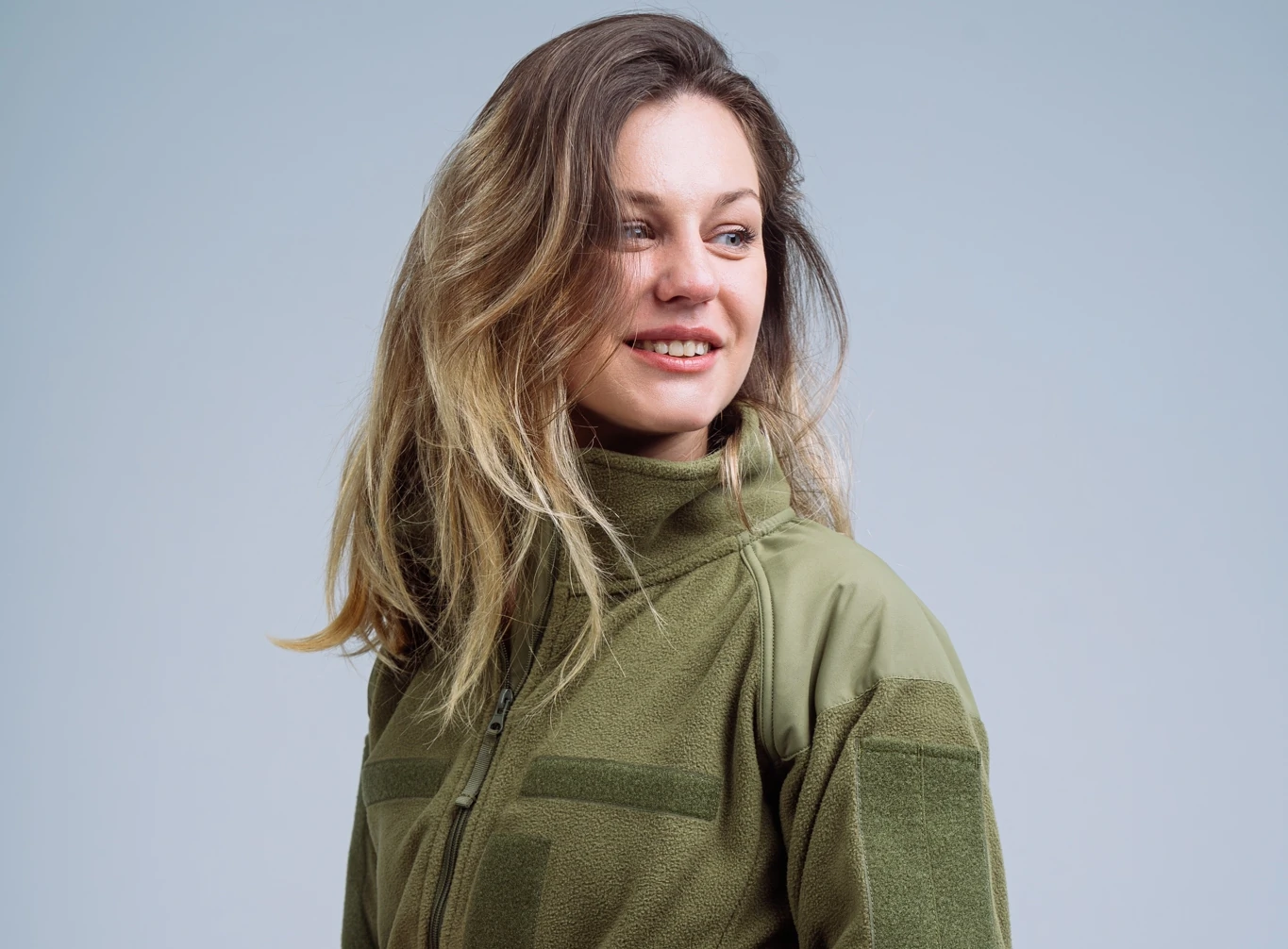
We must remember: our conditions are different. A different climate, different types of combat. But certain technological solutions, fabrics, and constructions — we analyze them and propose them for approval.
Personally, I believe Ukrainian manufacturers have the potential to produce uniforms no worse than NATO ones. In fact, in some respects, we can outperform other countries.
The question is about state support. Currently, we do not have a full production cycle for fabrics, fittings, etc.
The localization law requires 25–30% Ukrainian-made materials, but in reality, even zippers and Velcro are imported. Without the development of light industry, nothing will change.
So we need a balanced approach: on the one hand, prioritizing critical defense spending, and on the other, not forgetting to stimulate the growth of Ukraine’s economy — which also directly supports the needs of the Security and Defense Forces.
— How do you see the future of women’s military uniforms in Ukraine?
A state strategy is needed. Decisions cannot be made in offices without expert input and without feedback from those who actually wear the uniforms. Fabrics must undergo laboratory testing, and materials must be selected for specific tasks.
Most importantly — all manufacturers must work not as competitors, but as partners. If we share experience, technologies, and resources, and invest in development together, we will create a product that surpasses many Western examples.
@armyinformcomua
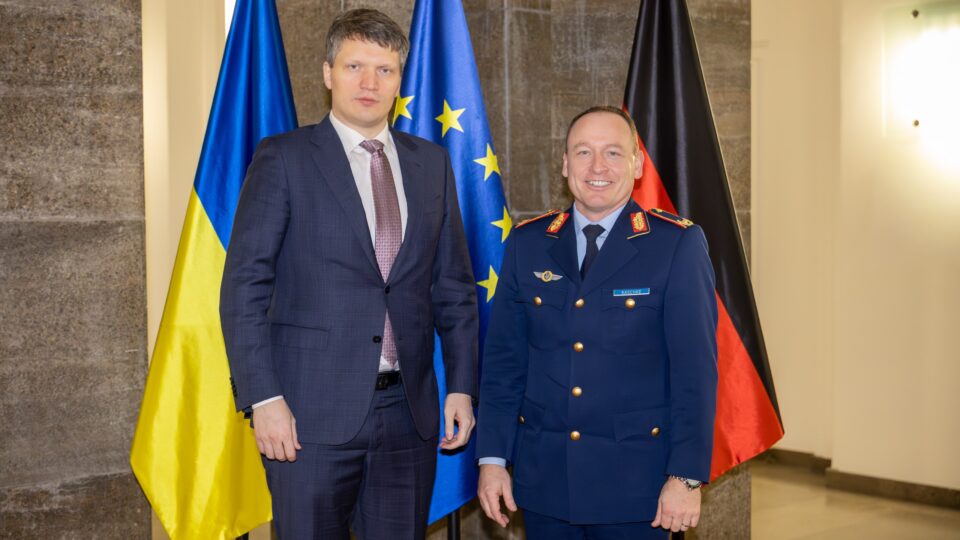
During a working visit to Berlin, Deputy Minister of Defense of Ukraine Serhii Boiev held a series of meetings with German officials aimed at strengthening Ukraine’s air defense and increasing the effectiveness of assistance provided to Ukraine.
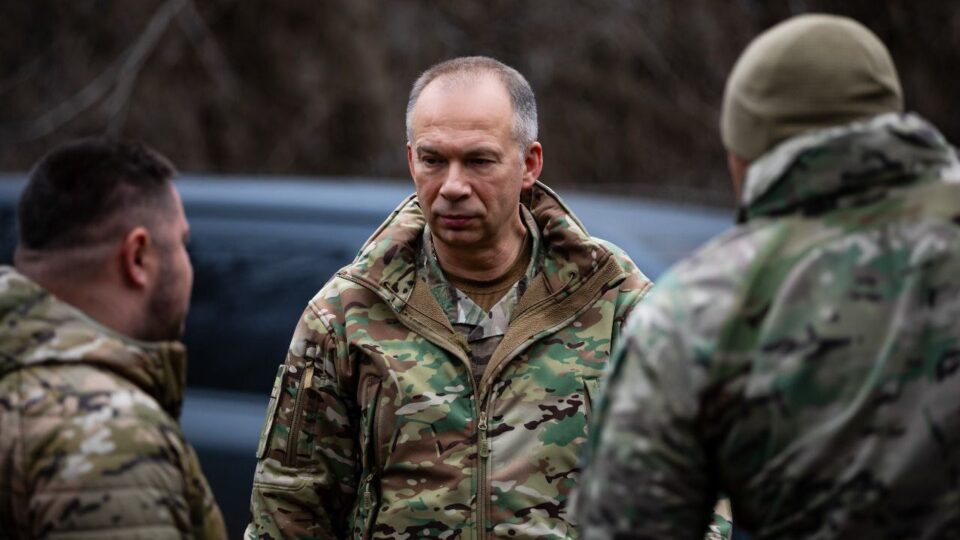
Commander-in-Chief of the Armed Forces of Ukraine, General Oleksandr Syrskyi, made a working visit to military command bodies that continue the operation and are holding the defense of the Pokrovsk–Myrnohrad agglomeration.

On the night of December 12, units of the Special Operations Forces carried out strikes on enemy targets in Donetsk Oblast using FP-2 strike UAVs.
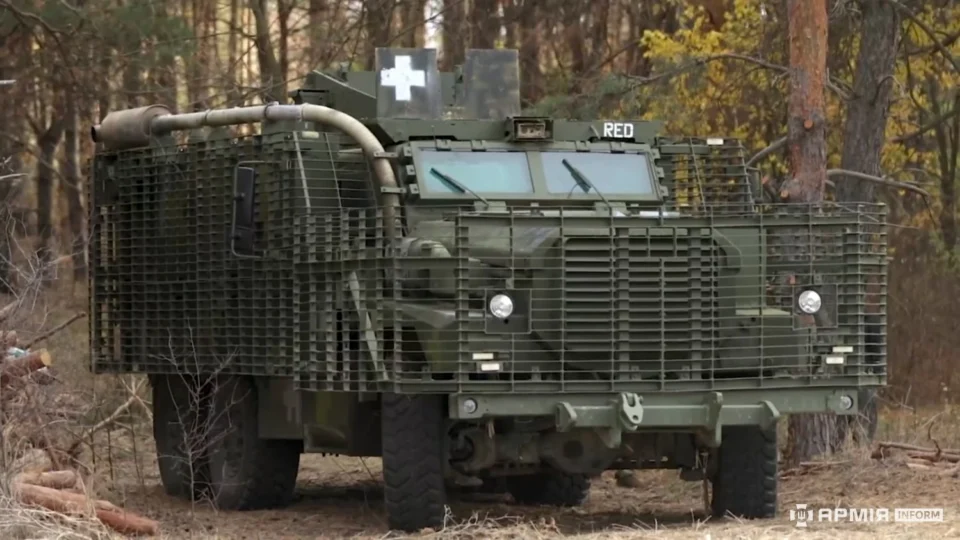
Resembling a large, kind dog, the Mastiff PPV combat armored vehicle is the British version of the American Cougar armored vehicle.
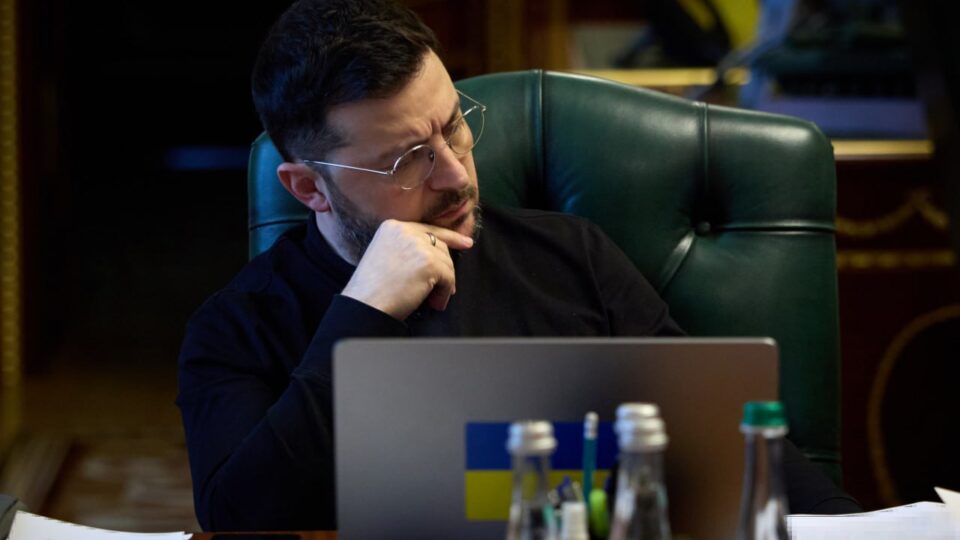
President of Ukraine Volodymyr Zelenskyy reported on several briefings by Minister of Defense Rustem Umerov regarding the active work of Ukrainian negotiating teams on international platforms.
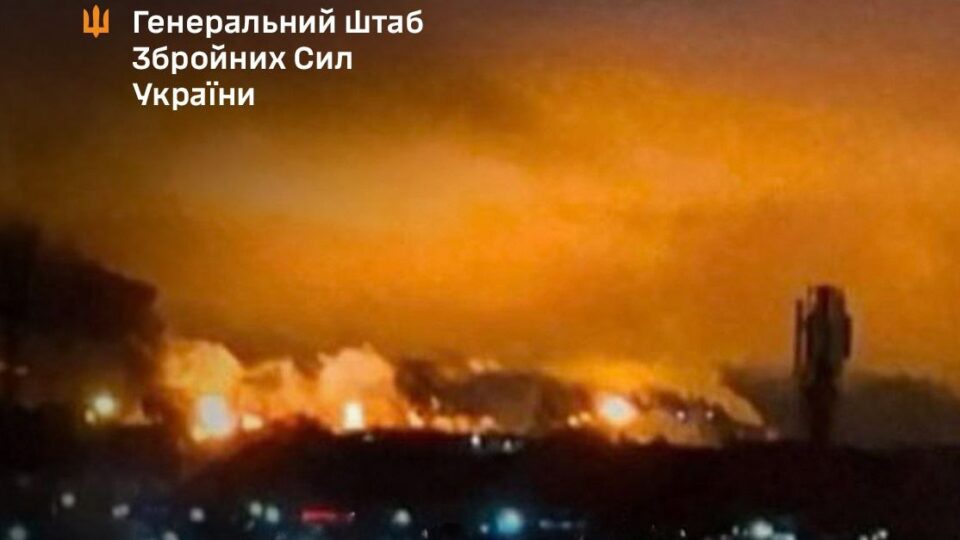
As part of efforts to reduce the enemy’s offensive potential, units of the Defense Forces of Ukraine struck the capacities of an enemy oil refinery, an ammunition depot, and areas where occupying forces were concentrated.
He is a category 3 sergeant-manager of the recruiting group of the headquarters of the 95th Separate Air Assault Polissia…